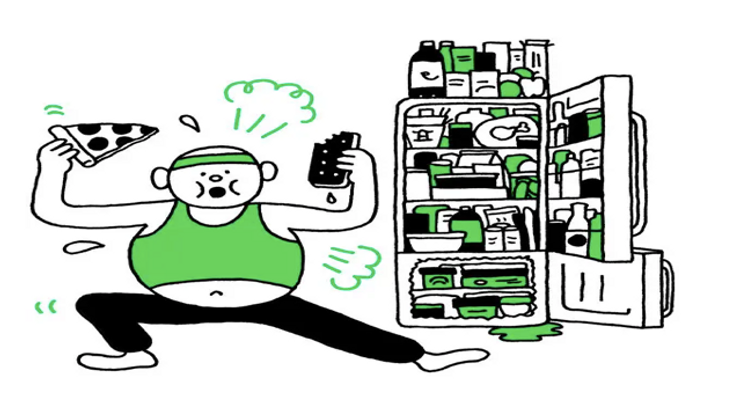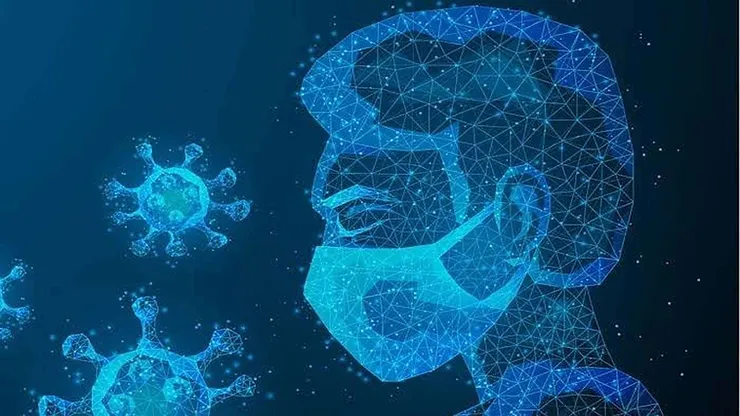Recovery tips for COVID patients
COVID-19 has changed the way of life irrevocably across the globe since last year. Even after testing negative covid leaves a long-lasting effect on the body. The post covid symptoms include symptoms like fatigue, breathing problems, joint pain, chest pain, and foggy memory long-lasting tips, …



